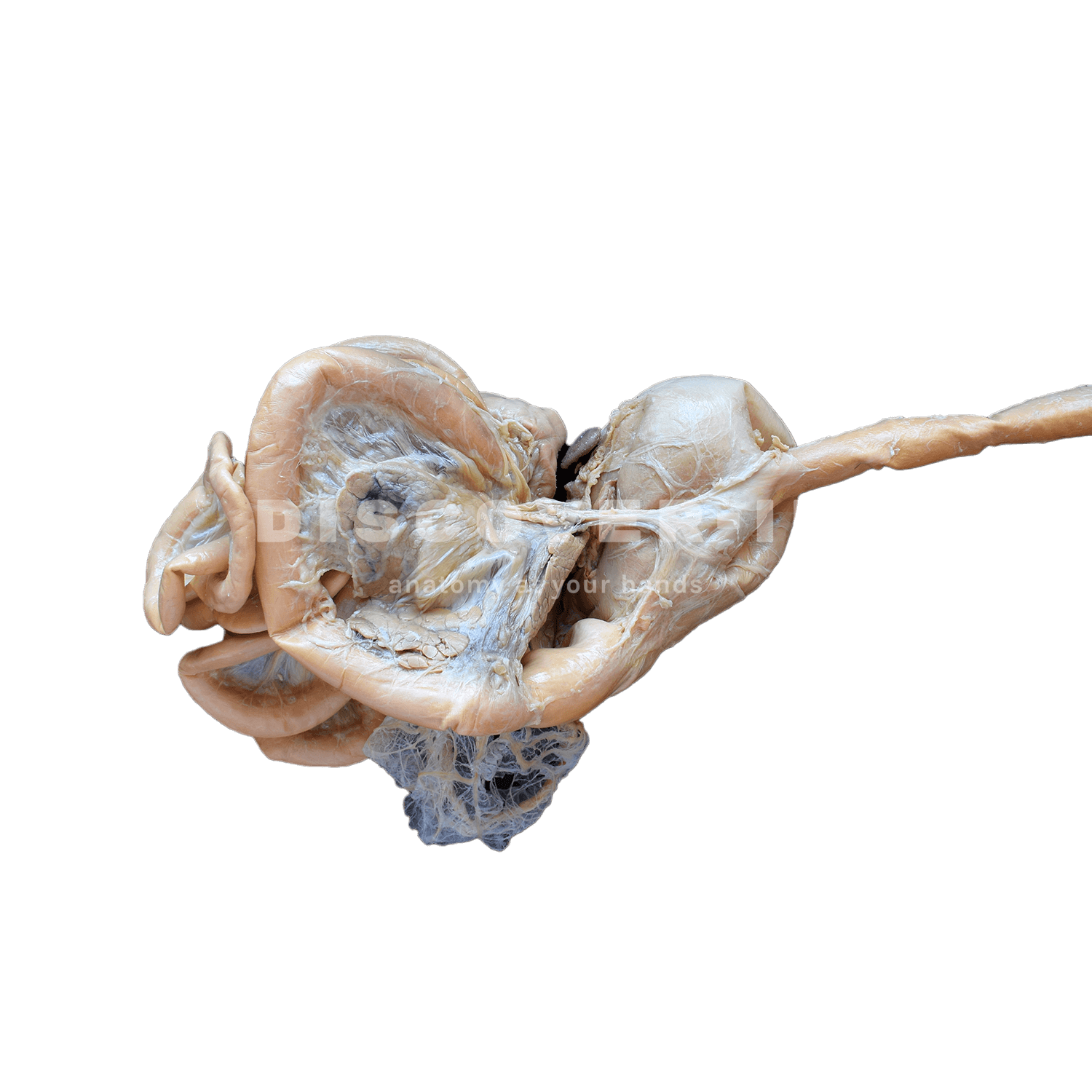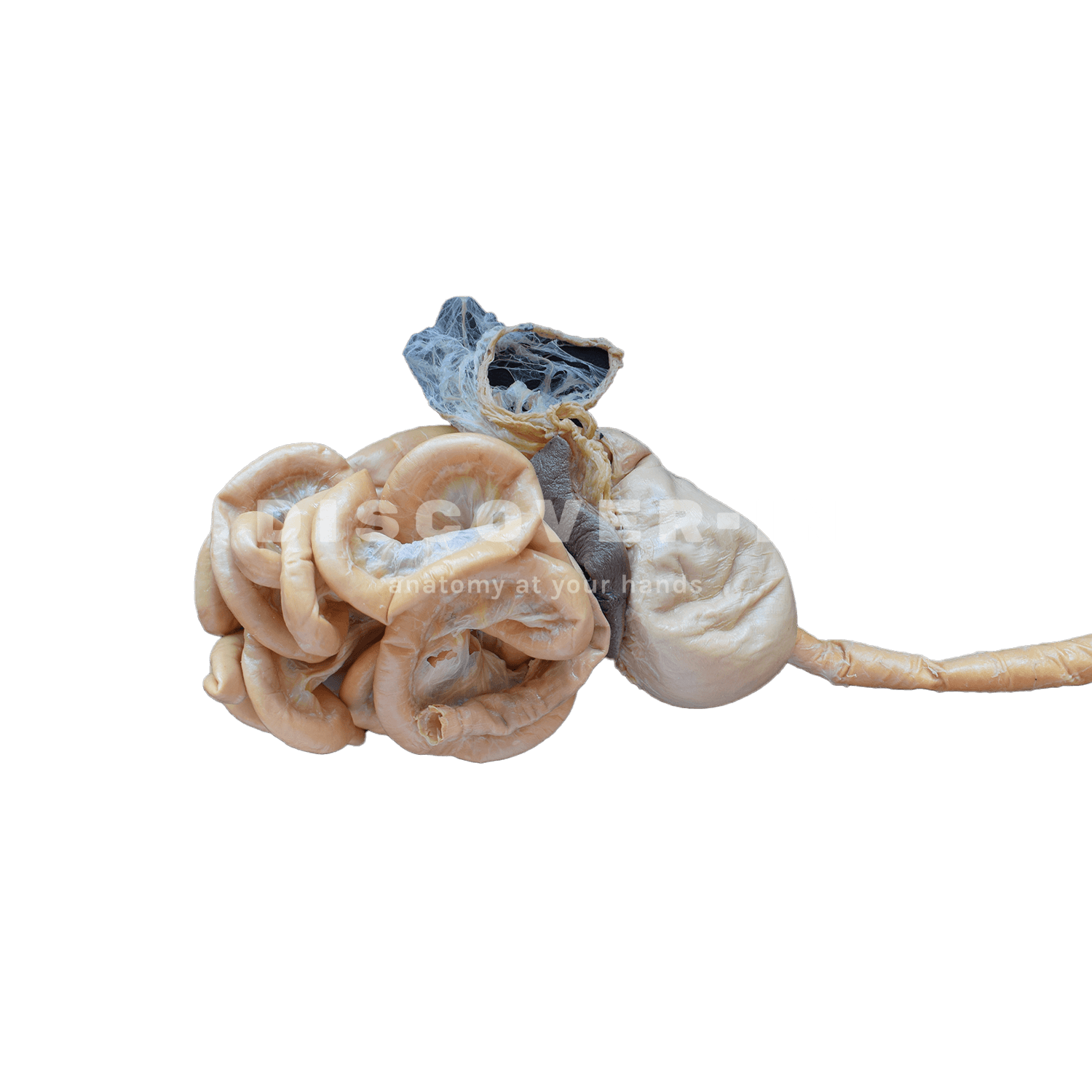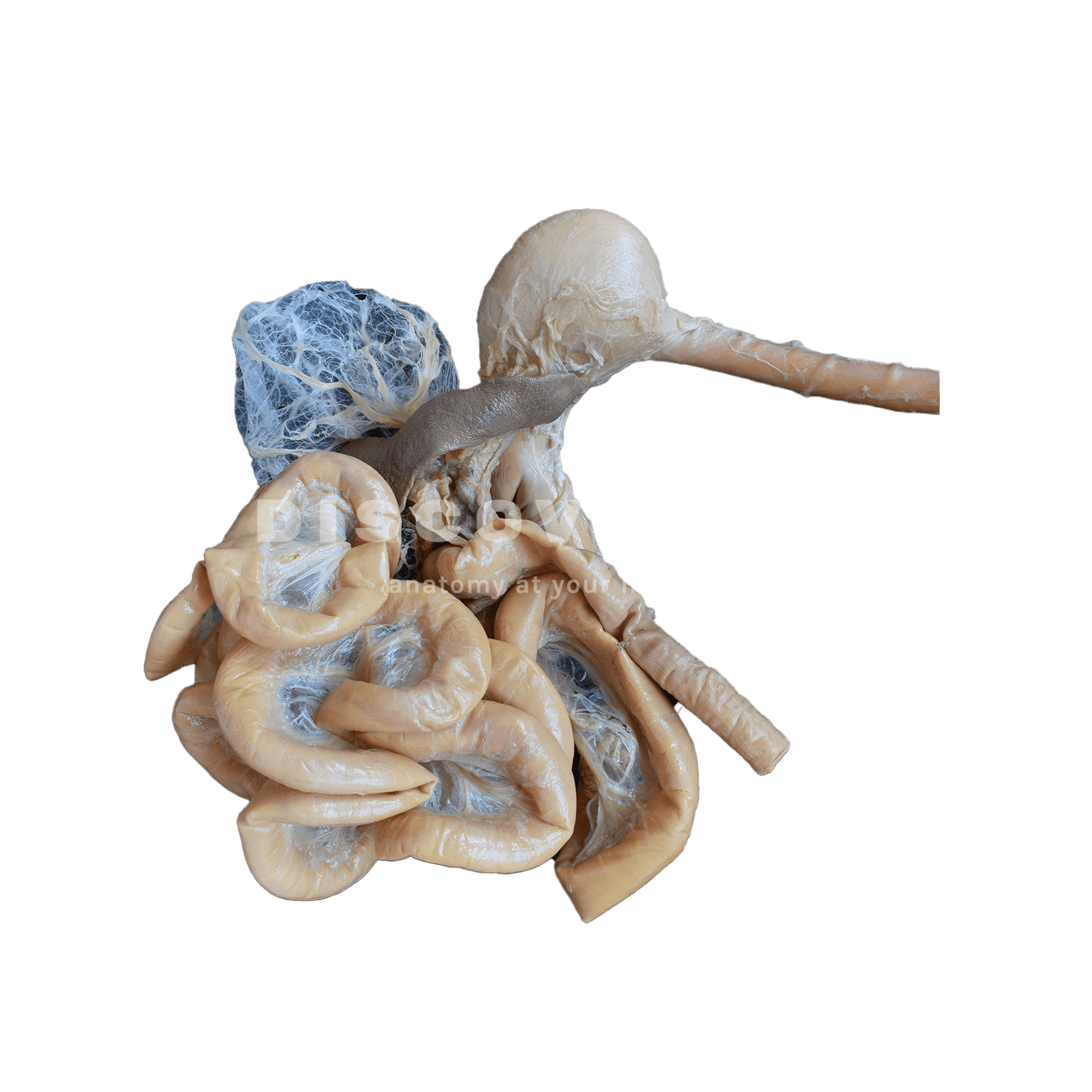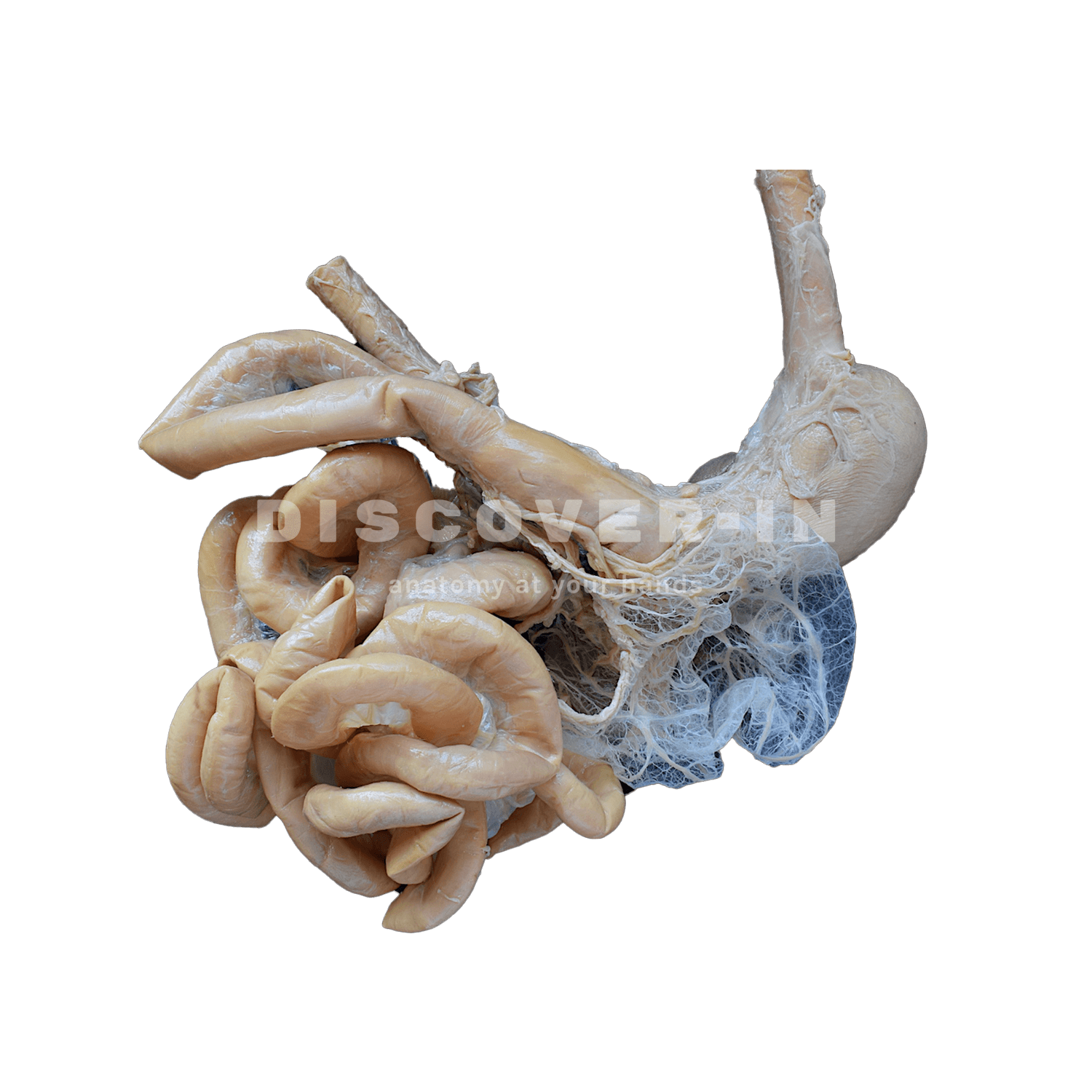




If you have access to our plastinated specimens, you will be able to deepen your anatomical knowledge in a practical and hands-on way.These specimens will enable you to:
• Precisely identify key anatomical structures.
• Understand anatomical reality in detail.
• Reinforce theoretical learning.
• Strengthen the acquisition of practical and clinical skills.
These advantages make Discover-IN specimens an innovative resource for students, educators, and professionals seeking comprehensive, effective, long-lasting, and biologically safe training in veterinary anatomy.
Discover-IN provides real plastinated specimens designed specifically for practical, safe, and long-lasting veterinary anatomy education and training. These materials are ideal for veterinary faculties, anatomy laboratories, and continuing education centers that require high-quality anatomical resources.
The catalog includes a wide range of species and anatomical systems, offering specimens that support hands-on understanding—from isolated organs to complex dissections, body sections or organ blocks. Each piece is unique thanks to the plastination process.
This resource adds significant value to veterinary training by enhancing learning through direct experience and complementing theoretical knowledge with real, easy-to-handle materials.
The canine digestive system is a complex network of organs designed to process food, absorb nutrients, and eliminate waste. It begins in the mouth, continues through the esophagus, stomach, intestines, and ends at the anus. Proper functioning of this system is crucial for the overall well-being of dogs.
Unlike herbivores, dogs have a digestive system adapted to an omnivorous-carnivorous diet, with a relatively short tract specialized in protein and fat digestion.
1. Main Organs of the Canine Digestive System
- Mouth and teeth: responsible for food intake and initial mechanical breakdown.
- Esophagus: transports food to the stomach via peristaltic movements.
- Stomach: a muscular organ where food mixes with gastric juices to begin chemical digestion.
- Intestines: divided into small and large intestines, where nutrient absorption and waste formation occur.
- Liver and pancreas: accessory glands producing essential enzymes and bile for digestion.
2. Parts of the Canine Digestive System
Understanding the detailed anatomy of the canine digestive system is key for veterinary practice and animal health education. Each organ has specific functions that, once understood, allow for more precise diagnosis and treatment of gastrointestinal disorders.
-
Stomach
The canine stomach is a muscular sac-like organ that expands according to the amount of food ingested. It consists of several regions: cardia, fundus, body, and pylorus. Its main role is to mix food with gastric juices containing enzymes and hydrochloric acid, initiating protein digestion. Knowledge of stomach anatomy enables veterinarians to safely perform procedures like endoscopies and surgeries.
-
Intestines
The intestines are divided into the small and large intestines.
- Small intestine: composed of the duodenum, jejunum, and ileum, it is the primary site for nutrient absorption, including amino acids, glucose, and fatty acids.
- Large intestine: includes the cecum, colon, and rectum, responsible for water absorption and feces formation.
Detailed knowledge of the intestines allows veterinarians to diagnose obstructions, inflammation, and diseases such as enteritis or colitis.
-
Gastrointestinal Tract
The gastrointestinal tract spans from the esophagus to the anus. Its integrity is essential for nutrient digestion and absorption. Veterinarians study the gastrointestinal tract to detect issues such as blockages, infections, or tumors. Comparative anatomy, sometimes involving organs like the sheep heart for dissection practice, helps professionals understand muscular and vascular structures that support digestion.
3. Digestion and Functioning
The canine digestive system involves more than just anatomy—it encompasses complex physiological processes that ensure nutrients are efficiently utilized.
How the Canine Digestive System Works?
Digestion begins in the mouth, where teeth and saliva start mechanical and chemical breakdown. The esophagus then transports food to the stomach, where it mixes with enzyme-rich gastric juices. In the small intestine, pancreatic enzymes and bile complete the digestion of proteins, fats, and carbohydrates, while the large intestine absorbs water and forms feces. This process is carefully regulated by the dog’s nervous and hormonal systems.
Signs of Digestive Problems in Dogs
Recognizing early signs of digestive issues is crucial for canine health. Common symptoms include:
- Frequent vomiting or retching.
- Diarrhea or abnormal stools (very soft or bloody).
- Loss of appetite.
- Abdominal bloating or pain when touched.
- Lethargy or changes in behavior.
Any of these signs require immediate veterinary evaluation.
Digestive Transit Time
The time it takes for food to pass through a dog’s digestive system varies depending on diet, breed, and age. Typically, food spends 8 to 12 hours in the small intestine and 12 to 24 hours to complete transit through the entire gastrointestinal tract. Understanding these times helps interpret stool analysis and plan diets effectively.
In conclusion, the canine digestive system is a highly coordinated and efficient network of organs that work synergistically to process food, absorb essential nutrients, and maintain overall physiological health.
A thorough understanding of its anatomical structures and physiological functions is fundamental for accurately diagnosing gastrointestinal disorders, implementing effective treatments, and providing evidence-based guidance on optimal nutrition and dietary management.